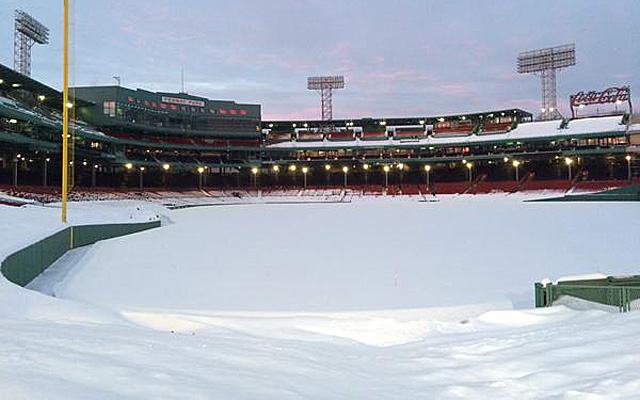With many games getting cancelled in the Northeast I think coaches could be desperate to get games in?
Some schools have been bussing 8-10 hours south to play their home games. It looks like it is going to be a cold March. Is there a rule regarding minimum 1st pitch game temperature for colleges or HS baseball? Could be pretty risky for pitchers to throw in these cold conditions. What has been your experience with coldest college or HS games you have played in or attended? anyone see sub 32 degrees?
My sons worst weather game was freezing rain in the low mid 30's . Final score something like 19-7 in 5 innings double digit walks and beaned batters. it was horrible.

